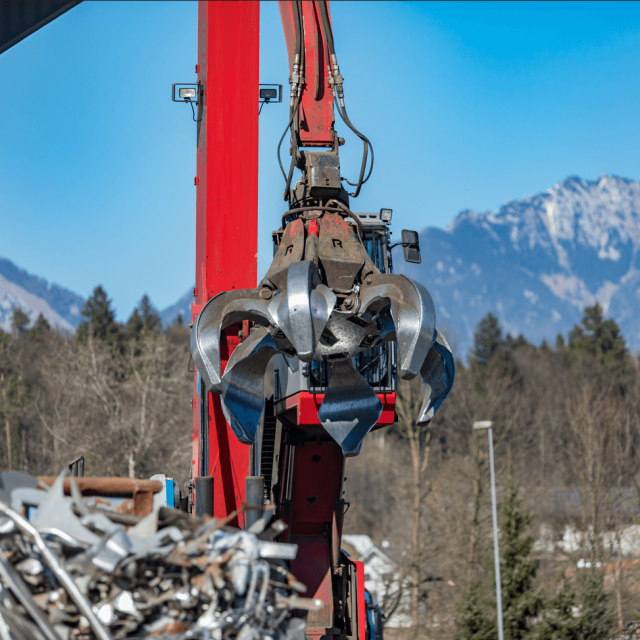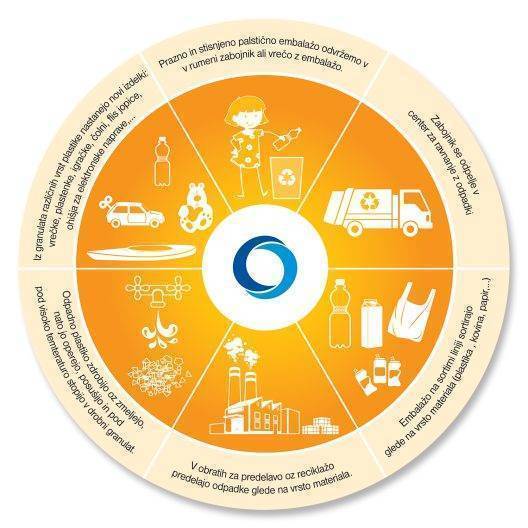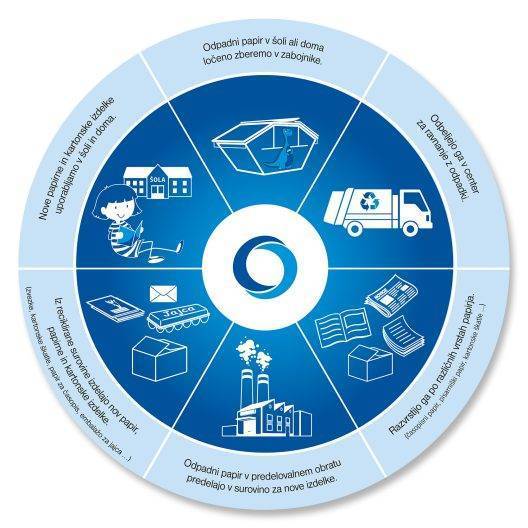Circular Economy
The circular economy is based on the continuous flow of materials. This means that waste is not destroyed but processed for reuse. In doing so, we prevent pollution and reduce the carbon footprint. Recycling is the foundation: waste materials are returned to the production cycle and contribute to the creation of secondary raw materials.
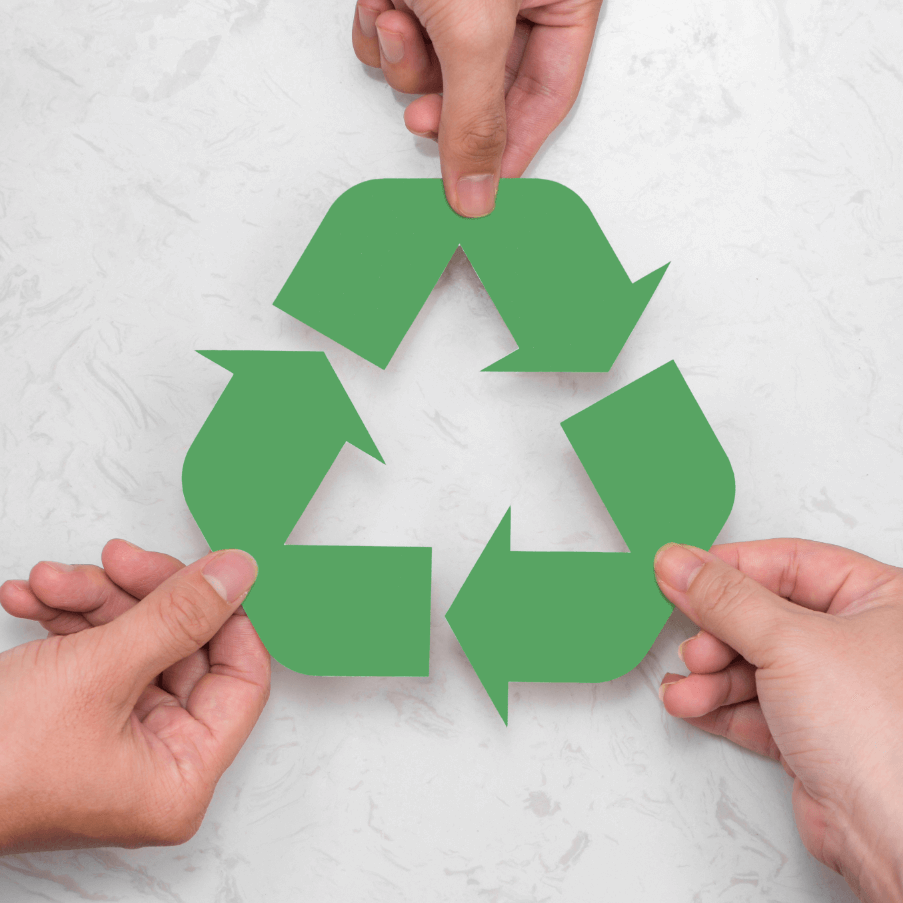
Circular Economy as a Sustainable Model
The goal of the circular economy is to preserve the economic value of materials for as long as possible, thereby limiting the generation of waste. The effectiveness of the circular economy is measured by the circularity rate—the proportion of secondary raw materials in use. A higher circularity rate means less extraction of primary raw materials and, consequently, reduced environmental impact—an objective we also strive for at Dinos.
Do you have waste materials suitable for recycling? Drop them off at the nearest location.
Circular Economy Projects
Dinos has been an active participant in the waste management cycle for over 75 years. As a partner in various awareness-raising and charitable projects, we help close material loops for paper, plastic, and metal. Check them out and join us in the next one.
Bottle for bottle
The project aimed to close the material loop in the beverage industry by collecting and recycling waste bottles. The recycled bottle retained the same utility value as its source.
We collaborated with GastroPET and Fructal in this project. We supplied the bottles, GastroPET recycled them, and Fructal filled them—50% of their beverages were bottled this way.
Project partners:



Collecting old paper, supporting a friend
The project aimed to close the material loop for waste paper. By collecting it, young people contributed to a cleaner environment while supporting their peers. The proceeds from the paper sales were used to fund scholarships for young people from socially disadvantaged families. The project partners were Ekošola and the PISMO SRCA Foundation.
Project partners:



Municipal material cycle
With this project, we helped local communities create their own circular model:
- community members collected used tetrapak, thus providing a source of secondary raw material,
- we processed the tetrapak into hygiene paper (paper towels, tissues, and toilet paper),
- the paper was used by companies within the same community.
The municipal material cycle involved local municipalities, utility companies, and public institutions in the community. Indirectly, all residents were involved as well.
The project received international recognition at the World Economic Forum in Davos.
Prroject partners:


Me, You, Us for Slovenia
A nationwide project collecting waste plastic bottles, raising awareness about their recycling options, while also raising funds for purchasing equipment for one of Slovenia’s maternity hospitals. Companies, educational institutions, and other organizations participated in the project.
Project partners:

Interested in collaborating on a circular economy project?
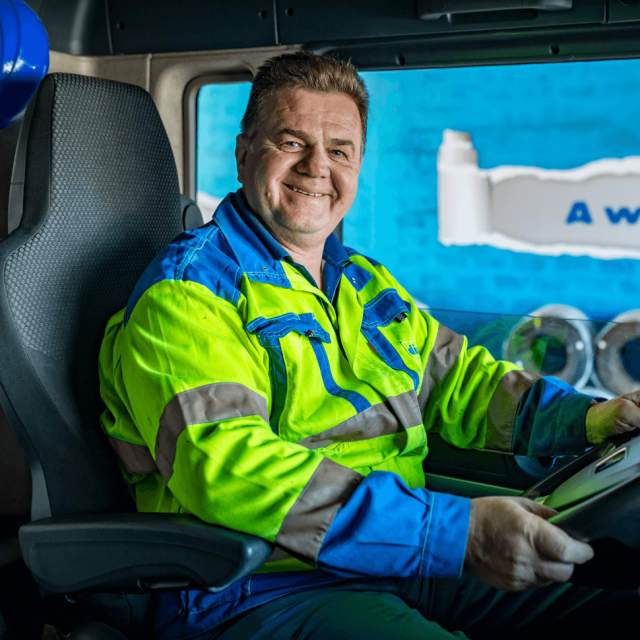
Ecology as the foundation of our business
We operate in eighteen locations across Slovenia, all equipped with the necessary environmental permits, such as those for waste management. As technological development opens up opportunities for additional activities, we regularly acquire new certifications and permits.
Considering the environment, a key part of our business is the annual analysis of:
- noise,
- water emissions,
- air emissions and
- waste generated.
Analyses from previous years show that our activities do not have a negative impact on the environment and are within the prescribed limits.
Quality and Environmental Management Policy
The foundation of our business is good management. We adhere to systemic guidelines, such as awareness of environmental impacts, orientation toward domestic and foreign markets, and strengthening the stability of the company through profit generation.
